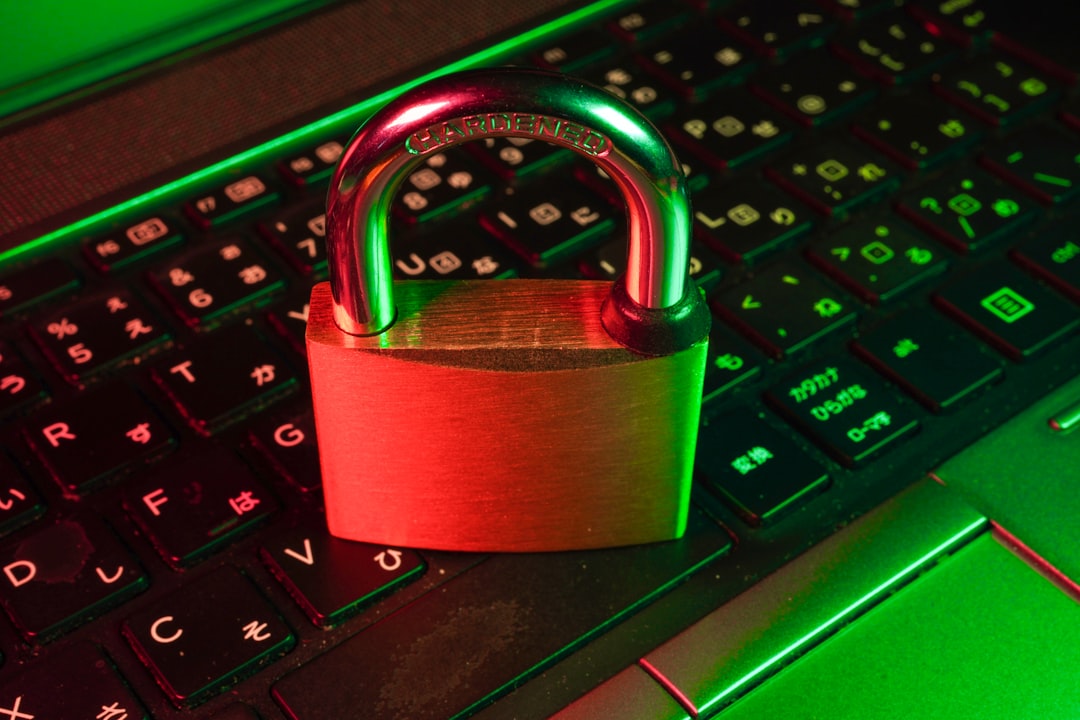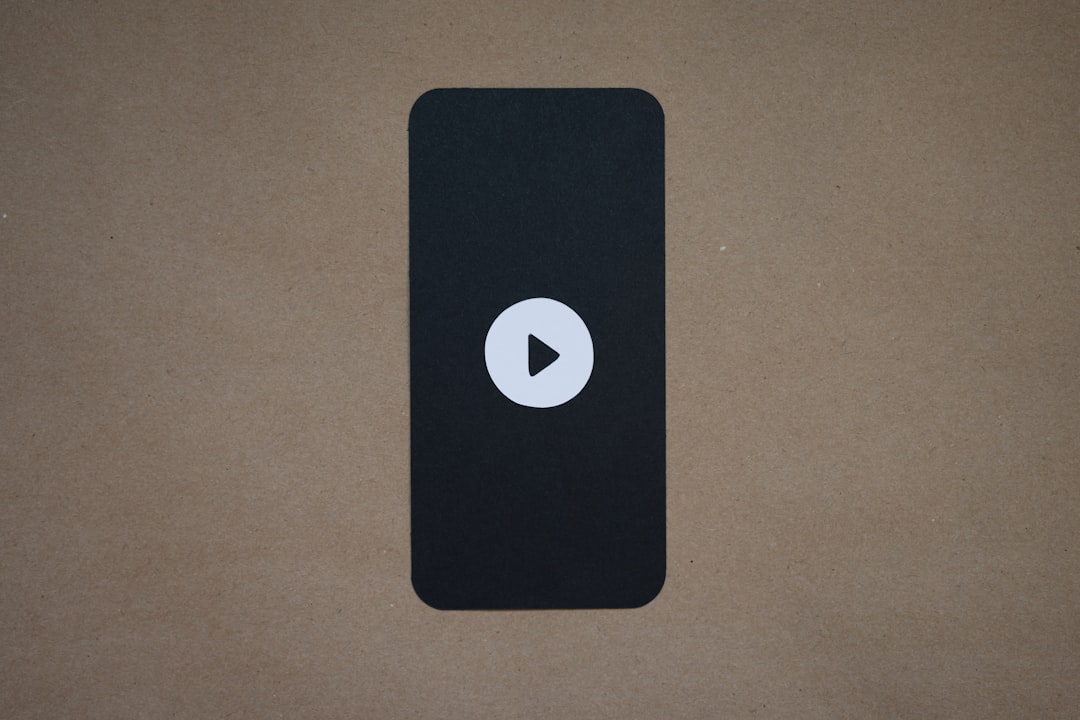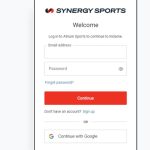Spotify has become an integral part of many people’s daily routines. Whether you’re working out, commuting, or simply relaxing at home, chances are your favorite soundtrack is just a click away. However, there are times when Spotify may not be accessible due to various restrictions. These blocks can stem from geographical limitations, network firewalls, bandwidth throttling, or even licensing issues. The good news? There are ways to bypass these restrictions without compromising your online safety or Spotify account.
Why Spotify Gets Blocked
Before diving into how to unblock Spotify, it’s important to understand why access might be restricted in the first place. Here are the most common reasons:
- Geographical Restrictions: Some songs, albums, or even Spotify services are not available in every country. Licensing laws differ, which can result in limited content or complete inaccessibility in certain regions.
- Network Restrictions: Schools, universities, and workplaces sometimes block access to streaming services to save bandwidth or restrict distractions.
- Censorship: In some countries, streaming services like Spotify may be blocked entirely due to government regulations or political motives.
Top Tips for Unblocking Spotify
If you’ve found yourself unable to access your Spotify playlists, don’t despair. Here are some of the best methods for unblocking Spotify regardless of where you are.
1. Use a Reliable VPN (Virtual Private Network)
A VPN is the most popular and effective tool for bypassing geo-restrictions. By masking your IP address and encrypting your internet traffic, a VPN allows you to “appear” as if you’re browsing from another country, granting access to restricted content.
- Choose a VPN with high-speed servers optimized for streaming.
- Connect to a country where Spotify is accessible (like the US or UK).
- Open Spotify and enjoy your music without interruptions!

Note: Not all VPNs are created equal. Some services may be blacklisted by Spotify, and free VPNs often have bandwidth limits or worse — dubious privacy policies.
2. Use a Proxy Server
A proxy server routes your internet traffic through another server, hiding your actual IP address. This can be a helpful way to bypass content filtering on school or public Wi-Fi networks.
However, proxies generally don’t offer encrypted connections, making them less secure than VPNs. If privacy isn’t a major concern but you simply want access to Spotify on a restricted network, a proxy might do the trick.
3. Try the Spotify Web Player
Sometimes, network blocks are limited to specific apps. If you can’t access the Spotify mobile or desktop application, try using the Spotify Web Player in your browser.
This approach can work well at workplaces or schools where app traffic is restricted, but web traffic is still mostly accessible.
4. Download Songs for Offline Listening
If you’re anticipating that you might be without access temporarily — such as during travel or while in a restricted zone — take advantage of Spotify Premium’s offline feature.
- Download playlists, albums, or podcasts when on Wi-Fi or in an accessible area.
- Switch to “Offline mode” in the settings of your Spotify app.
This proactive approach doesn’t technically “unblock” Spotify, but it ensures you’re never without your favorite music, even during blackout periods.
5. Use Tor Browser
While not the easiest or fastest tool, Tor Browser can help bypass censorship and content blocks by routing your internet through multiple encrypted layers.
Tor grants anonymous internet access and is especially useful in environments with heavy surveillance. However, its slow speed may not provide seamless Spotify streaming. Still, it can be a lifeline for downloading playlists or accessing content when no other tools work.
Things to Keep in Mind
While unblocking Spotify might seem like a harmless goal, it’s important to be aware of potential risks and limitations associated with the methods mentioned above.
1. Use Trusted Tools
Always download VPN apps or proxy extensions from reputable providers. A poorly designed tool could lead to malware infections or could compromise sensitive personal data.
2. Monitor Your Connection Speed
Some VPNs and proxies may slow down your internet due to traffic routing. Opt for services that offer high-speed servers and low latency, especially if you plan to stream in higher quality.
3. Know Local Laws
In some countries, using a VPN or bypassing certain restrictions might be against the law. Make sure you’re aware of local regulations to avoid any legal troubles.

Alternatives to Spotify When All Else Fails
Sometimes, despite all efforts, Spotify remains inaccessible. In such cases, it doesn’t hurt to consider alternatives that might be available in your current network or location:
- Deezer: Offers a wide music catalog and is available in many countries where Spotify isn’t.
- YouTube Music: With its tie-in to YouTube, this service often circumvents blocks put in place for standard streaming platforms.
- Apple Music: A worthy alternative that’s available across various devices and countries.
While these may not offer the exact same interface or music discovery tools as Spotify, they can be excellent backups.
Final Thoughts
Streaming your favorite tunes shouldn’t be dependent on where you are or what network you’re using. With tech-savvy solutions like VPNs, proxy servers, and even simple tricks like using the Spotify web player, you can regain access easily and safely.
As long as you prioritize trusted services and stay mindful of the legal implications, there’s no reason your music journey should be cut short. After all, nothing should come between a music lover and their curated playlist. Happy streaming!



